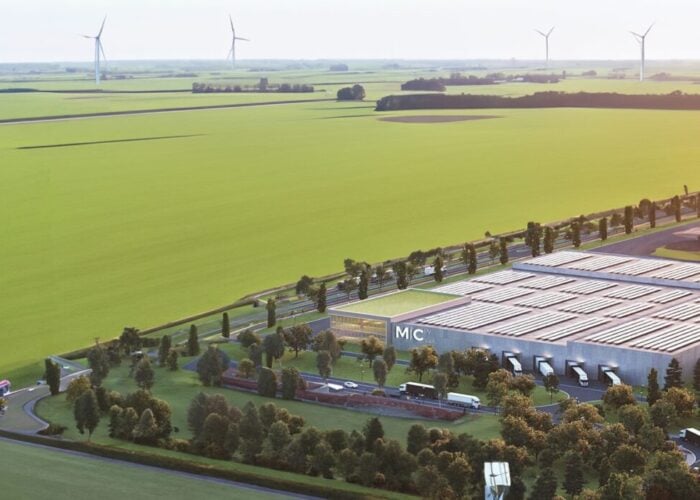The partnership between Silfab SpA and ISC Konstanz has announced the achievement of a 21% energy conversion efficiency for large area monocrystalline silicon solar cells. The news is a result of the companies’ research partnership on ‘Zebra’ interdigitated back-contact (IBC) cells as unveiled by the joint venture last summer. It is believed that efficiency could eventually top 24% for the solar cells.
Perhaps the most impressive part of the announcement is that the joint research and development programme achieved the technological breakthrough using a standard, low-cost industrial process. The ‘Zebra’ cell concept uses large (156 × 156mm²) n-type monocrystalline (Cz) wafers that are back-junctioned and back-contacted without metallization on the side to be exposed to the sun. This innovation has allowed the partnership to produce cells with an efficiency of 21–24% while most other mainstream providers reach 19–20% efficiency on monocrystalline cells. It is hoped the breakthrough will significantly reduce the cost of electricity production per watt peak.
Try Premium for just $1
- Full premium access for the first month at only $1
- Converts to an annual rate after 30 days unless cancelled
- Cancel anytime during the trial period
Premium Benefits
- Expert industry analysis and interviews
- Digital access to PV Tech Power journal
- Exclusive event discounts
Or get the full Premium subscription right away
Or continue reading this article for free
The manufacture of ‘Zebra’ cells uses a new combination of single process steps that already exist for mass cell production; importantly this means solar providers can bypass the need to install specific IBC-producing equipment. Silfab will be a technological provider for cell and module manufacturing companies that wish to upgrade their traditional production facilities to maximize their performance and productivity. The cell and module manufacturing pilot line will begin in the next few months; the companies intend that the conversion rate of ‘Zebra’ cells will facilitate the production of 60-cell modules with a nominal output power of 300Wp and no LID effect.
Dr. Radovan Kopecek, co-founder and director of ISC Konstanz, said, “We are amazed how fast we have reached our set goals and in some points are even ahead of schedule. This gives us now the opportunity to focus on industrialization of our first product. We are proud to be able to anticipate and illustrate such results as ours on low-cost IBC cells to the photovoltaic scientific and technical community which will be presented on the Photon Terawatt-hours Conference in Berlin this Wednesday and, in more detail, on the nPV workshop in Amsterdam 13th-14th May this year.”
ISC Konstanz an independent research organisation specializes in research and development of crystalline silicon solar cells and their implementation in the PV industry.






